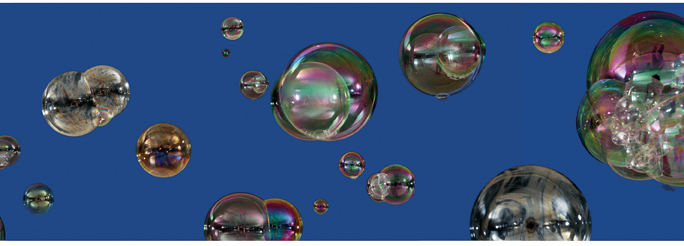[Fall 2007]
Biological Sciences Building,
UQÀM, Montréal, inaugurated on December 6, 2006.
A new public work by Alain Paiement was recently installed at the Université du Québec à Montréal. I met Paiement a few years ago. Since then, I have came to appreciate his photographic practice as being somewhat apart from the norm, from that which concerns itself solely with the pictorial image. Photography, or the optics of projecting a selected section of the world onto a two-dimensional surface, is for the artist akin to an instance of (re)presentation as mapping. When proceeding from this fundamental principle, photography, then, is applied as a device to map the world according to the point of view or the vicissitudes in which the artist inscribes himself. Here, the artist practices photography as a kind of cartography, through which he plots and constructs his sojourn on earth. Essential to the practice of mapping is the calling up of appropriate frames of reference as measures: a step, a point of view, a breath, and relationships with others are involved in assembling a world of intelligibility. Would not such frames of reference be poetically denoted as “architecture” in the most vital and inclusive sense of the term?
Paiement’s works are often large-scale photographs of built environments. As “maps” of sorts, these images are often laid out as schematic compositions of the artist’s affective affiliations with his world. The terms “schematic” and “affective” are crucial here. Although he works primarily within a representational paradigm, Paiement’s art is never strictly representational or “objective.” Rather, representation is configured through the schematic. A wall, a window, and a floor plan are orchestrated into setups within which alterations in life receive articulations. These compositions make palpable the networks of friendship, love, geometry, gesture, and so on, that animate the architecture with novel dimensions. In other words, Paiement’s photographic practice produces complex schematic yet expressive maps of the artist’s “self” in relation to “place.” Vicinity, a work of immense breath and intimacy created in 2003, is an example (see CVphoto, No. 60).
Expansible, the subject of this article, is Paiement’s latest public commission, installed in the new Biological Science building at uqam. The work, a photomural measuring 8.5 by 105 feet, spans an entire section of a passageway on the ground floor of the building. Against an expanse of blue background, images of bubbles of varying sizes drift across the surface. Paiement photographed the bubbles in situ, using a machine that released bubbles from one end of the passage to the other. As the bubbles drifted across the passageway, the artist moved swiftly to select one, track it, and photograph it, capturing both the space and his own image reflected on the bubble’s surface. Each bubble, each act of photographing, thus registers the artist’s endeavour to inscribe his presence in the world.
Of all of Paiement’s work of which I am aware, Expansible is the lightest, and the most thoroughly schematic and virtual. As a physical form, the bubble is at once particular and archetypal. Its evenly disturbed surface prescribes neither a beginning nor an end. Each bubble thus is a monad, bearing the image of its surroundings and completing it as a microcosm of itself. Here, the bubbles have completely delivered architecture from its determinant form into a looser, more expansive conception of space. Looking at these images of bubbles, it is as if the reflection and the transparent surface, the image and its support, are not discrete but one and the same occurrence. Image, matter and space are gathered by the lightness of a breath. They are orchestrated into concurrent expressions of a self-generating event that perfectly produces itself as it is – a bubble.
Although the experience of this large “horizontally” oriented work involves passage and temporality, Expansible should also be regarded as a map that displays and constructs a different spatial paradigm. In this reading, the bubbles are both signposts and terrains, simultaneously ideal and physical. In other words, the map of the space is the space. And when viewers examine Expansible a little more closely, they will discover the image of the artist in the centre of each bubble. Here, the effect of the virtual is made evident and is maximally felt: everything in the environment, including artist and architectural space, is delivered everywhere at an infinite speed. In Expansible, the bubbles are both stations and tangents of eternally differentiated instants, within which arrivals are fulfilled in departures.
Yam Lau is an assistant professor of painting at York University. His work explores new expressions of pictorial space.


